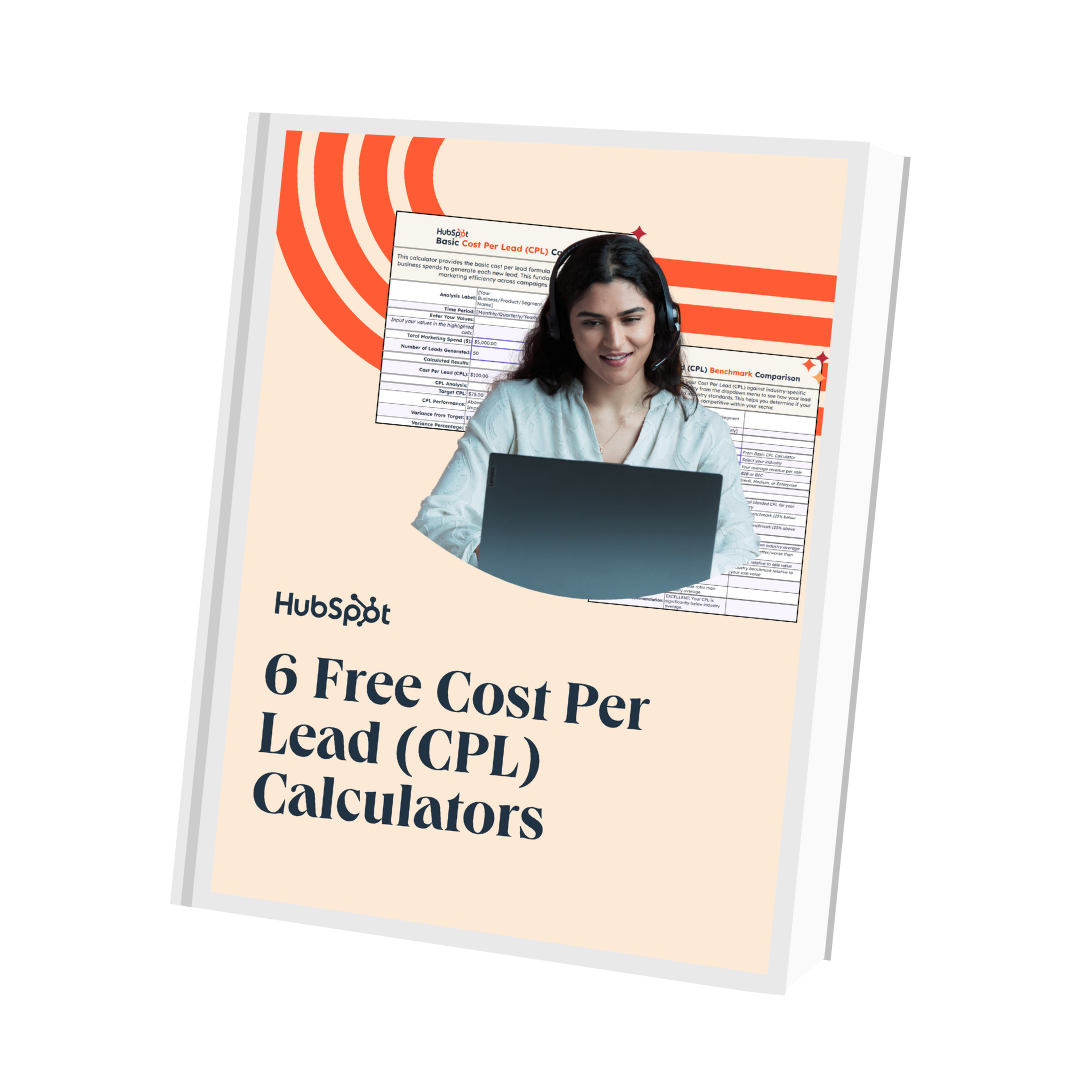
Cost per lead is one of the more straightforward, effective metrics for gauging the efficiency of your marketing efforts. Generating leads is one of the central functions of marketing and the lifeblood of successful sales — that's why both departments need to have a pulse on how well marketing spend is translating to lead generation.
Generally speaking, the metric is used to gauge the efficacy of individual campaigns — via channels like Google ads, email marketing, or social media — but it can also help you understand whether you're getting the most out of your marketing spend as a whole.
Cost per lead is often conflated with a similar metric known as cost per acquisition (CPA) — the average cost it takes to convert a prospect to a customer from a given marketing campaign.
Cost per Lead Example
Let's say you put $5,000 into a Google Adwords campaign, and it generates 50 new leads. In this case, your cost per lead for the campaign would be $100.
Determining whether that figure is solid or less-than-stellar hinges upon factors like your industry, company size, annual revenue, marketing budget, and the cost of your offering. If your product or service sells for $50, then a CPL of $100 won't do too much for you — but if it sells for $5,000, you'll probably be in a better place.
What is a good cost per lead?
There's no definitive, "be-all, end-all" CPL figure that any business can look to as a reference point for a marketing campaign's optimal efficiency. As I mentioned, your ideal cost per lead will vary based on several factors — like your industry, competitive landscape, target audience, company size, annual revenue, marketing budget, and the cost of your offering.
CPL also tends to fluctuate based on the channels you use for your marketing efforts — leads generated through attending trade shows won't cost the same as ones you catch through email marketing.
Figuring out what a "good cost per lead" looks like essentially amounts to "feeling it out." If you're finding that your cost per lead for a given channel is disproportionately high relative to how well those leads convert, you might want to reevaluate whether that strategy is actually worth it.
If you're looking to bolster or better understand your lead generation efforts, you need to have a feel for how to calculate cost per lead. Ideally, the marketing campaigns you run will be lean, efficient, and productive — knowing whether you're getting there often starts with determining and analyzing your cost per lead.
Lead Generation






.jpg)


.jpg)

